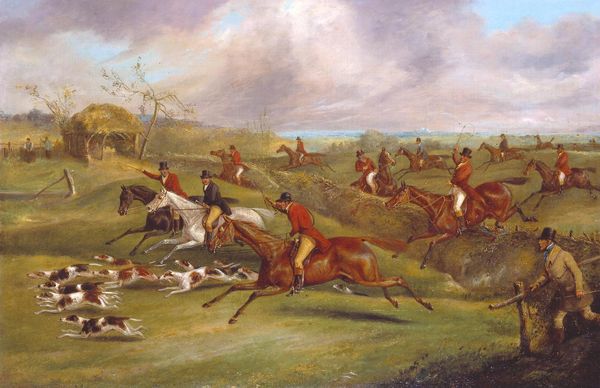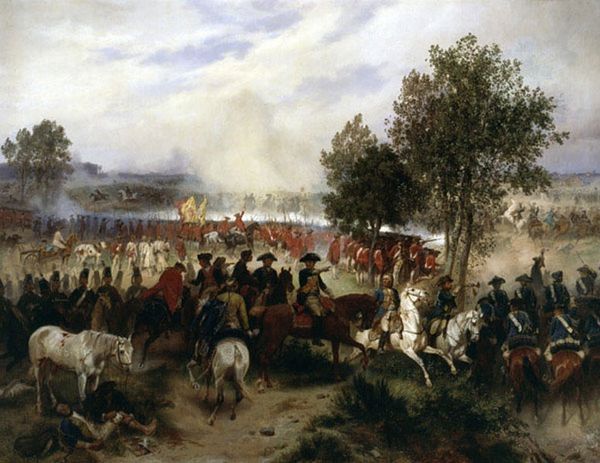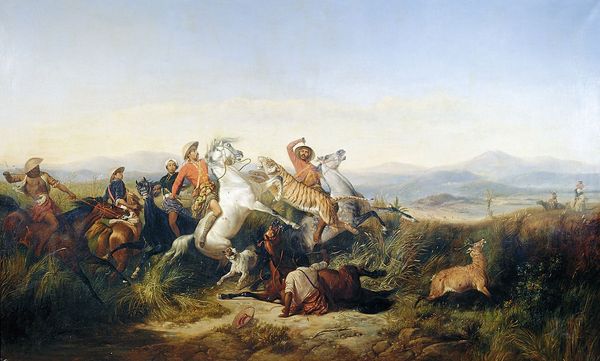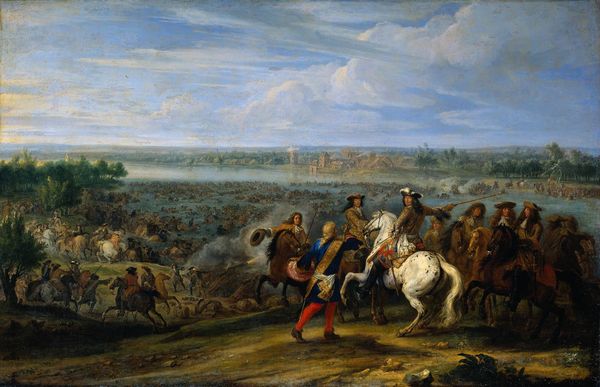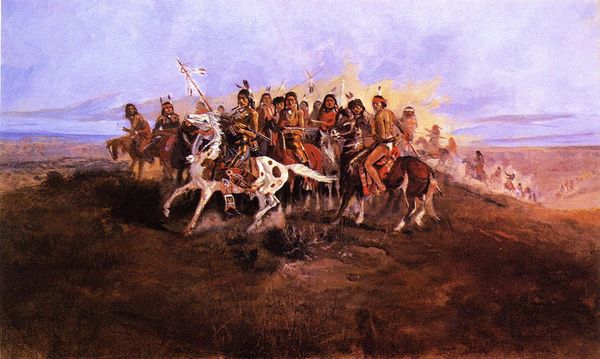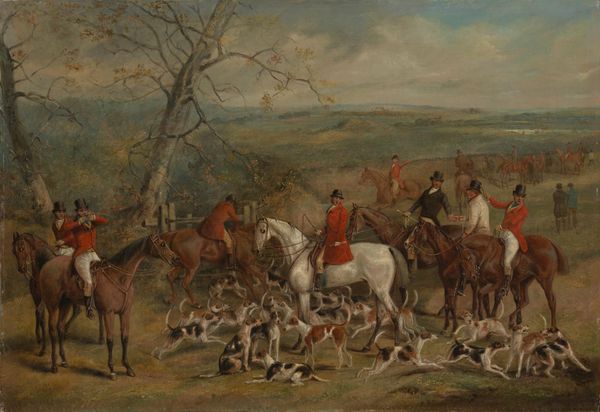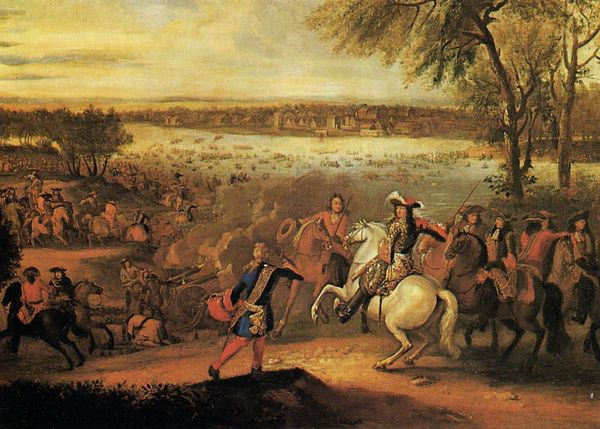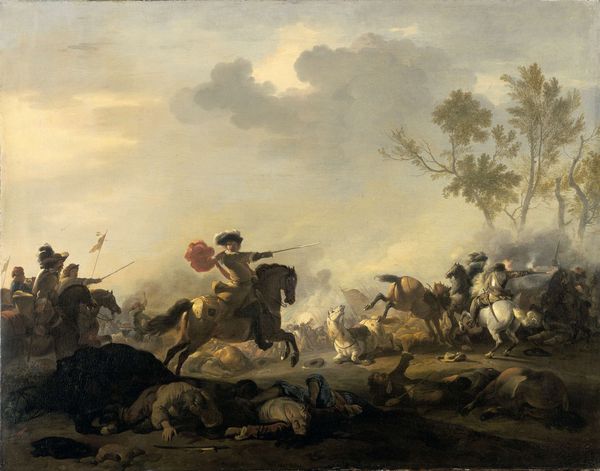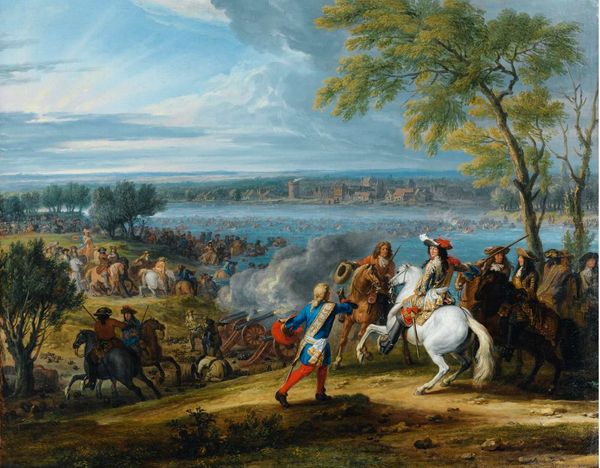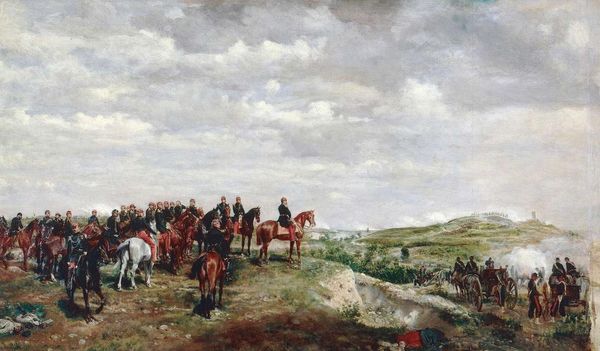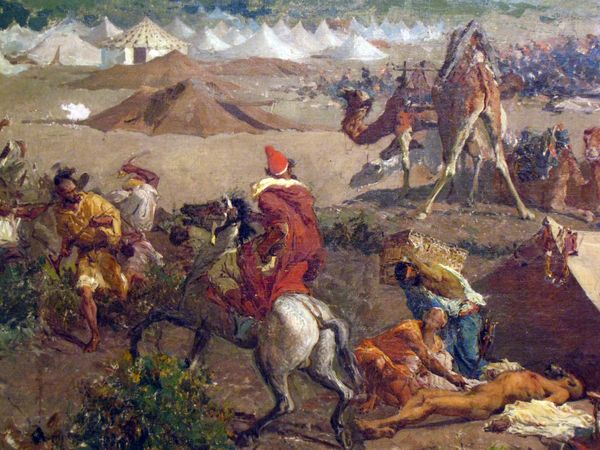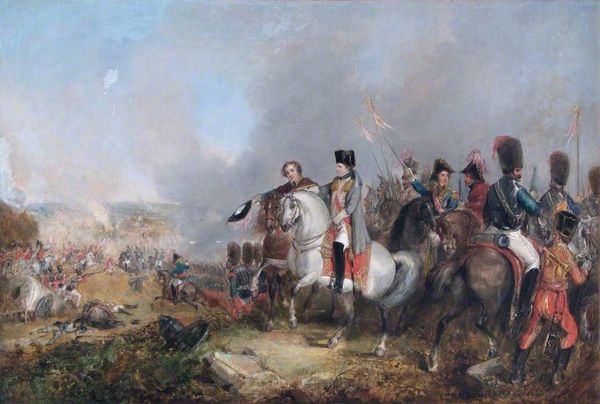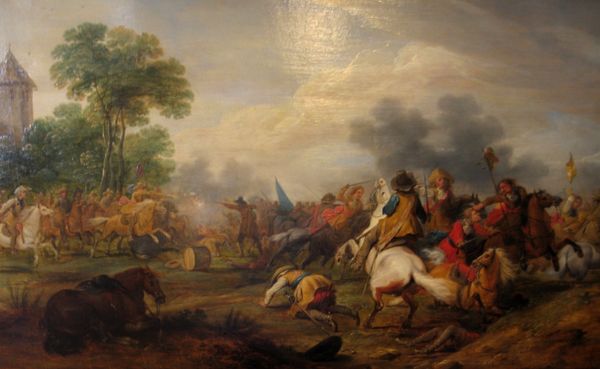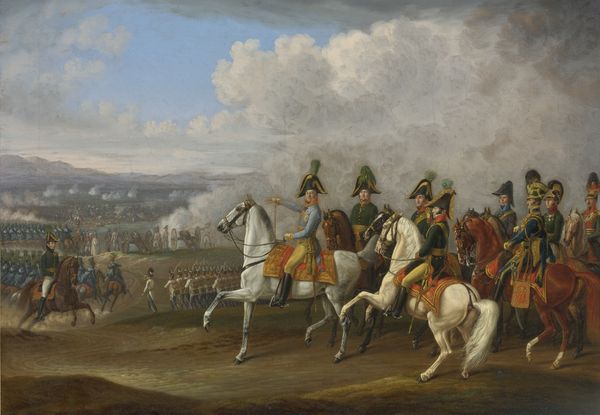
Dimensions: support: 451 x 648 mm
Copyright: CC-BY-NC-ND 4.0 DEED, Photo: Tate
Editor: This is "The Belvoir Hunt: Jumping into and out of a Lane" by Henry Thomas Alken. It feels like a celebration of rural life, but what social dynamics were at play here? Curator: Absolutely. Alken’s painting romanticizes a leisure activity, but for whom? Consider the historical context: fox hunting was a sport of the landed gentry, reinforcing class hierarchies and property rights. Editor: So, the "sport" itself was a display of power? Curator: Precisely. The red coats, the well-bred horses, the expansive landscape—it all speaks to privilege and control over both the natural world and the labor that sustained it. A complex legacy. Editor: It's eye-opening to consider the painting as more than just a depiction of a hunt, but also of social stratification. Curator: Indeed. And reflecting on that complexity is key to understanding the art of the period.
Comments
tate 7 months ago
⋮
http://www.tate.org.uk/art/artworks/alken-the-belvoir-hunt-jumping-into-and-out-of-a-lane-t02353
Join the conversation
Join millions of artists and users on Artera today and experience the ultimate creative platform.
tate 7 months ago
⋮
This is the second of four scenes by Alken of the Belvoir [pronounced Beaver] hunt, one of the oldest and most celebrated of the great foxhound packs located in the flat, open countryside in and around Leicestershire. The Belvoir, like the Quorn, Pytchley or Cottesmore hunts, was open to members through subscription. To hunt with such a pack was an enormously popular activity with fashionable society during the first half of the nineteenth century.Henry Alken is the best known of a large family of sporting artists. His lively and humorous hunting scenes were frequently reproduced as popular prints, published for some years under the pseudonym 'Ben Tally-Ho'. Gallery label, August 2004
